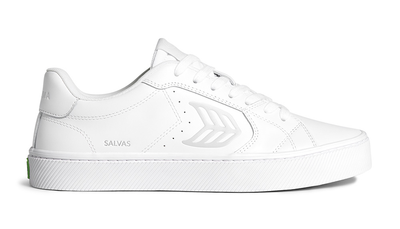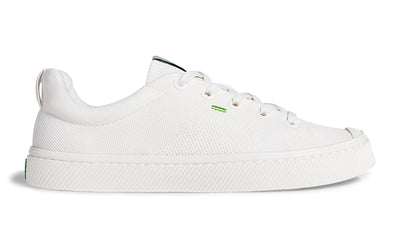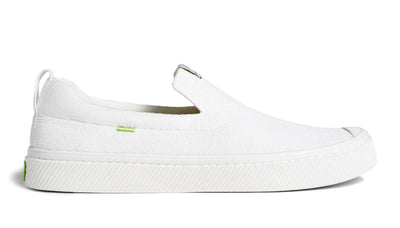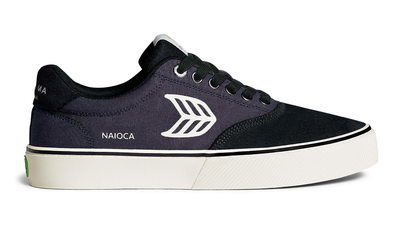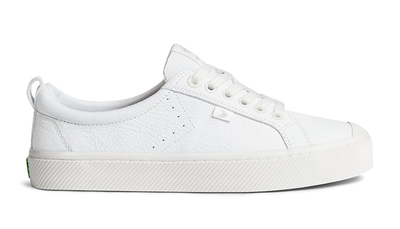Embracing Sustainability: The Role of Eco-Friendly Sneakers in Summer Prototyping and Testing
Sustainability has become a cornerstone for the footwear industry, especially when it comes to sneakers. As the warmer months approach, we witness an increased push toward sustainable fashion, prompting brands to innovate their designs while maintaining eco-conscious practices. In this article, we’ll explore how sustainable sneakers influence the prototyping and testing phases during the summer. By examining the impact of materials, consumer wants, and practical testing methods, we’ll uncover how we can enhance the sneaker prototype process.
Sustainable sneakers are no longer just a trend; they represent a pivotal shift toward eco-responsibility in fashion. As we develop our innovative designs, we’re committed to using environmentally friendly materials that not only reduce our carbon footprint but also ensure we meet the needs of our consumers. Our footwear collections are meticulously crafted to achieve this balance, allowing us to stay ahead in the sustainable footwear landscape.
The Importance of Eco-Friendly Materials in Sneaker Design
Our commitment to sustainability begins with the materials we select for our sneakers. Unlike conventional practices that rely heavily on synthetic materials and toxic chemicals, we prioritize natural and recycled components, which provides numerous advantages during the prototyping phase.
Sustainable Materials Revolutionizing Footwear
- Organic Cotton: Used for uppers and linings, organic cotton is grown without the use of harmful pesticides, making it environmentally friendly and breathable.
- Natural Rubber: Essential for outsole construction, natural rubber can significantly reduce the carbon footprint compared to synthetic alternatives.
- Recycled PET: Often sourced from plastic bottles, recycled PET fibers are durable, lightweight, and a great alternative for sneaker uppers.
By prioritizing these materials, we can:
- Improve product durability and performance.
- Reduce waste and reliance on non-biodegradable components.
- Cater to a growing demographic of eco-conscious consumers.
Moreover, the testing of these materials during the summer is crucial. We can evaluate breathability, comfort, and water resistance in real-world conditions, ensuring our sneakers remain functional and stylish even on the hottest days.
Case Study: Prototyping a Sustainable Sneaker
Let’s take a closer look at how we can prototype a sneaker made from sustainable materials:
| Phase | Activities | Considerations |
|---|---|---|
| Design | Sketch and conceptualize the sneaker | Focus on aesthetics and functionality |
| Material Selection | Choose organic cotton and natural rubber | Source materials from trusted suppliers |
| Prototype Creation | 3D print or use sustainable materials in samples | Monitor environmental impact |
| Testing Phase | Field tests during summer | Evaluate performance in warm climates |
Through each phase of this case study, the overarching goal is clear: create a sneaker that merges style with sustainability, ensuring that we meet consumer expectations in a responsible way.
Consumer Engagement: Testing Footwear in Real-World Conditions
Understanding our consumers’ needs is vital, especially in the context of summer footwear. Sustainable sneakers should not only be stylish but also functional, comfortable, and versatile. Engaging consumers during the testing phase can provide valuable insights that shape our designs.
The Role of Feedback in Sustainable Footwear Development
Conducting field tests with our target audience offers a unique opportunity to gather feedback about our sneakers before they hit the market. Consider incorporating a community-driven testing process where participants can evaluate different styles, like our beloved OCA Low Leather Sneakers or Ibira Men. This approach allows us to:
- Identify discomfort points or durability issues early on.
- Understand the preferred features of sustainable footwear.
- Strengthen consumer relationships by making them part of the development process.
Involving consumers in testing phases not only enhances product quality but also fosters brand loyalty, as they feel connected to the sustainable mission we advocate for.
Innovative Testing Methods for Sustainable Sneakers
To maintain flexibility in testing, we employ a variety of innovative methods. Here are some top testing approaches in the summer:
- Wear Tests in Diverse Environments: Encouraging testers to wear our sneakers in various real-life settings (beaches, parks, and urban areas) to assess functionality.
- Long-Duration Performance Tests: Measuring how our sneakers hold up during prolonged use.
- Comfort Trials: Asking users to compare our sneakers to previous footwear choices.
By actively engaging consumers in these activities, we gather crucial data that informs our design process and ensures we’re creating products that resonate with a wider audience.
Innovations Driving Summer Sustainable Sneaker Testing
As technology continues to advance, so do the methodologies we employ for testing our sustainable sneakers. Innovations in production techniques, durability testing, and material science significantly enhance our prototyping efficiency.
Cutting-Edge Technology in Footwear Testing
- Wearable Technology: Integrating smart sensors into sneakers that monitor wear and gather performance data.
- Virtual Reality Simulations: Testing prototype designs in virtual settings to assess wearability and aesthetics without producing physical samples.
- Biomechanical Analysis: Leveraging software to analyze stress points and comfort levels in our designs before physical prototypes are made.
With these innovations, we’re better equipped to create sneakers that satisfy consumer needs while minimizing waste. Our aim extends beyond merely making footwear; we’re actively shaping the future of sustainable fashion.
The Rise of Community-Driven Prototyping
Incorporating community feedback into our design and prototyping process is essential in today’s ethical fashion landscape. Our approach ensures that the voices of eco-conscious consumers shape our products, making sustainability a shared journey.
Here’s how we can engage the community:
- Launch beta programs: Allowing selected testers to represent our diverse customer base during initial sneaker trials.
- **Utilize social media:**Rallying feedback through polls, surveys, and customizable shoe concepts.
- Incorporate environmental insights: Focusing on sustainable practices that resonate with our testers’ values.
By engaging consumers in these collaborative efforts, we not only enhance our sneaker designs but also educate them about sustainable practices.
Footprints Left Behind: The Environmental Impact of Summer Testing
As we conduct our summer prototyping and testing, it’s crucial to evaluate the environmental footprint of our endeavors. Sustainable sneaker production should neither compromise the planet nor our ethical standards.
Measuring Environmental Impact
To assess the environmental wallet our testing creates, we calculate key metrics, including:
- Carbon Emissions: Analyzing how transportation of materials affects our overall footprint.
- Water Usage: Evaluating consumption during production and testing phases.
- Waste Management: Monitoring waste generated throughout the engineering, testing, and prototyping periods.
Here’s a snapshot table comparing traditional sneaker manufacturing with our sustainable approach:
| Metric | Traditional Manufacturing | Sustainable Approach |
|---|---|---|
| Carbon Emissions | High | Reduced through local sourcing |
| Water Consumption | Significant | Minimally maintained via eco-friendly practices |
| Waste Production | Elevated | Incorporates recycling and waste reduction |
By keeping a close watch on our ecological impact, we ensure that each sneaker we develop not only aligns with consumer demands but also aligns with our climate-friendly goals.
Community Contributions toward a Sustainable Future
As we delve deeper into our summer testing, we recognize the importance of collective action in making a positive impact. Sustainability is not solely a corporate responsibility; it involves everyone from brands to consumers to local communities.
- Local Partnerships: Collaborating with local organizations to promote eco-conscious lifestyles and practices.
- Educational Initiatives: Hosting workshops or events to educate consumers, while reinforcing the importance of sustainable choices.
- Feedback Mechanisms: Regularly incorporating consumer input in sustainability reports to track progress and improvement.
With these community initiatives, we strengthen the connection between our sneakers and the people who wear them, fostering unity toward a sustainable future.
A Lasting Impression: The Future of Eco-Friendly Sneaker Prototyping
Sustainable sneakers are more than just a style statement; they symbolize a powerful shift in how we think about our environment, consumption, and production practices. By prioritizing eco-friendly methods throughout the prototyping and testing phases, we create footwear that resonates with our beliefs and mission.
As we refine our processes, it’s evident that innovation and consumer engagement drive our sustainable sneaker journey. Whether it's through thoughtful material selection, advanced prototyping technologies, or community involvement, we strive to handcraft sneakers that don’t just look good but feel good too.
For those eager to embrace stylish, sustainable footwear, we invite you to explore our extensive collections. From the sleek silhouettes of our OCA Low Leather Sneakers to the versatile Salvas Leather Women, every pair reflects our commitment to sustainability.
In our journey, we remain committed to perfecting the balance between function and eco-friendliness, ensuring that we create sneakers that leave a positive footprint—on both our feet and the planet. Join us on this adventure by visiting Cariuma. Together, we can redefine the future of sustainable fashion!

